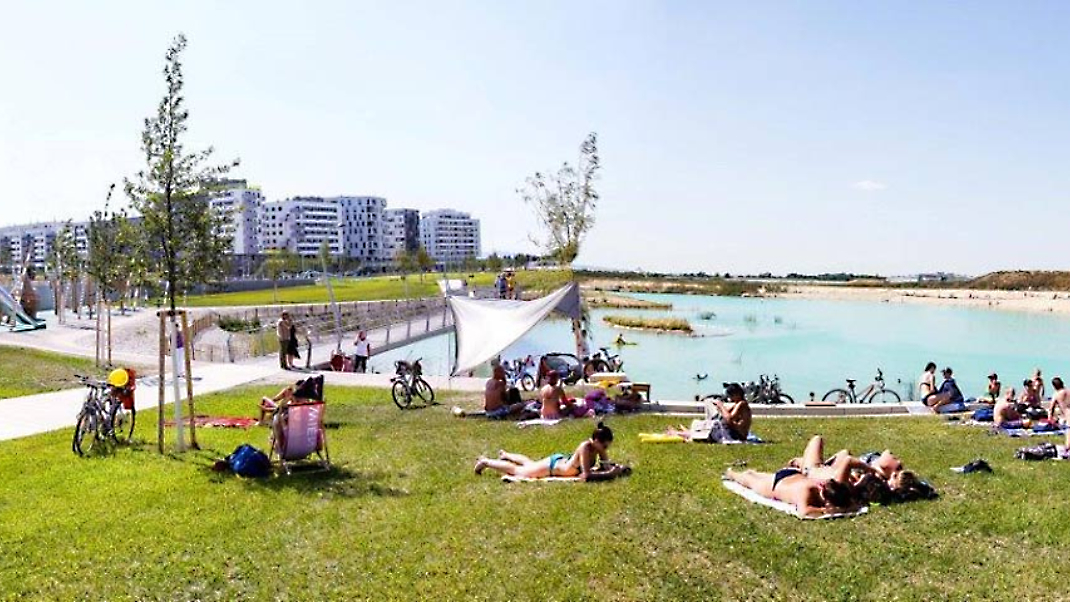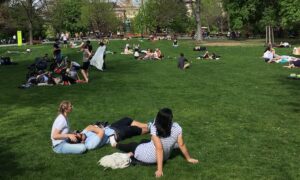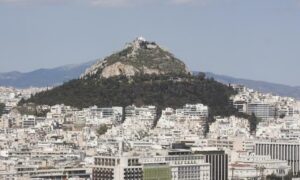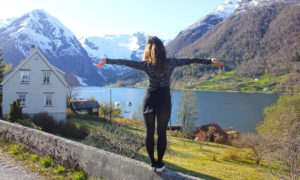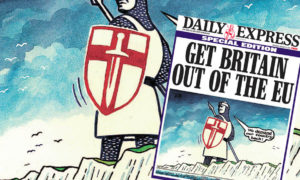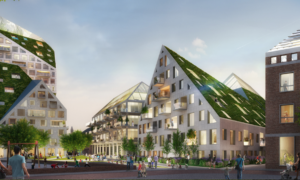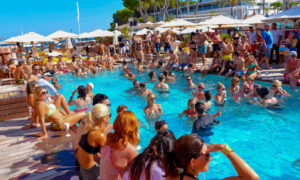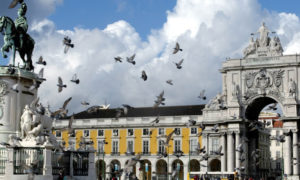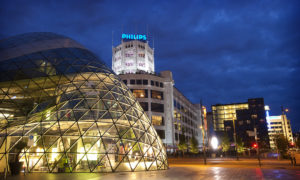Editor’s note: In 2024, housing – or the lack of it – is THE issue across Europe. If there is a city in Europe right now emblematic of Europe’s on-going construction boom, it’s Vienna. The largest construction project of them all is Aspern Seestadt (Lake City), a gigantic lakeside development just outside the city.
Several years ago, we queried Marvin Mitterwallner at Aspern Development AG in Vienna as to whether we’re accurate. “I don’t know if we are bigger than Fornebu in Norway,” Mitterwallner replied by email. Fornebu is a similar project outside Olso – mixed use development of a former airport property, Mittenwallner wrote. Unlike the Fornebu project, which is still in development, the Aspern project is well underway.
See Pt. 1 here of British expat in Austria Thom Harding’s analysis of this incredibly ambitious project that adds an entire district to Vienna, the city perpetually atop the list of the world’s most livable.
– Terry Boyd
The future
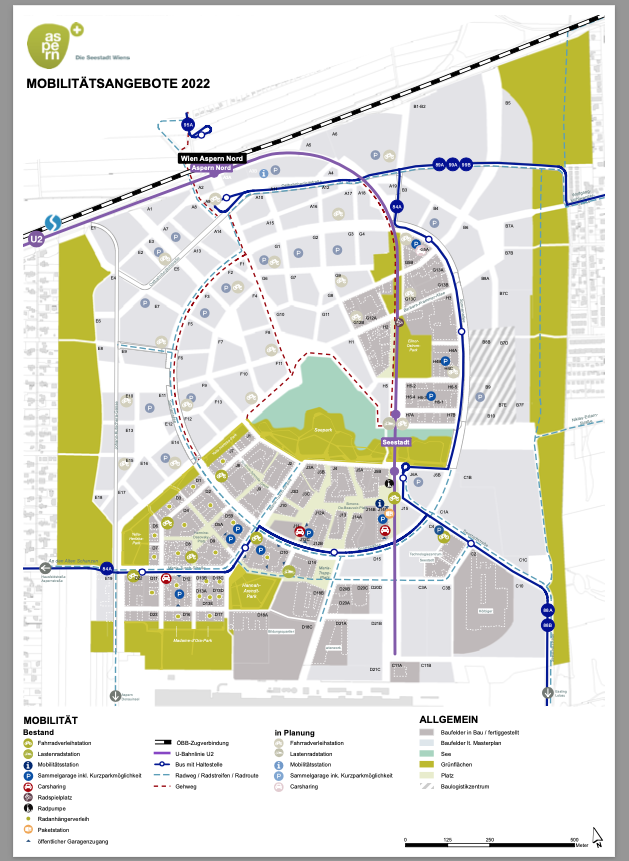
As with any pioneering neighbourhood, it takes a while for a community to form. Even though the city is almost at half of the expected population (currently 10,000 out of the projected 25,000 residents by 2030), walking the streets on a Saturday lunchtime still felt quiet and muted.
A big part of this is the shortage of cafés and restaurants (I only saw six while I was there), which are natural sites of a shared community. However, this is not through a lack of foresight or planning, but simply that any business owner will not open a café, bar or restaurant until they can guarantee there enough clients to make it viable.
As the city grows in population, these spaces will naturally proliferate, in a cycle which will build a community to support these businesses at the same time as the businesses create a space to build community.
The community feeling will also develop as the schools are filled by residents from the local area. The Seestadt educational campus already offers classes for 6-to-18 year olds, supplemented by an all-day elementary school for students with special needs.
In 2017, a federal high school with space for 1,000 students was opened, and the Liselotte-Hansen-Schmidt campus – opened in 2021 – offers every grade from kindergarten to high school. There are also five kindergartens both privately and publicly run.
As these develop into communities themselves, family and child-centred life will expand into the fabric of the city as a whole. On top of this, as more people move into the area as the schools become established, the expectation for 20,000 jobs in the city will likewise be fulfilled.
Of course, as more people move in and do not need to be tempted by artificially-low rents, the cost of living will also go up. Already since people started moving in during the original opening of 2014, the average rent per m2 has risen from one of the cheapest in the city (17 euros per m2) to one of the more expensive (23 euros per m2).
While this may increase the “cool” factor of the place, it will also lock out members of the city with less income.
Glimmers of grass-root communities
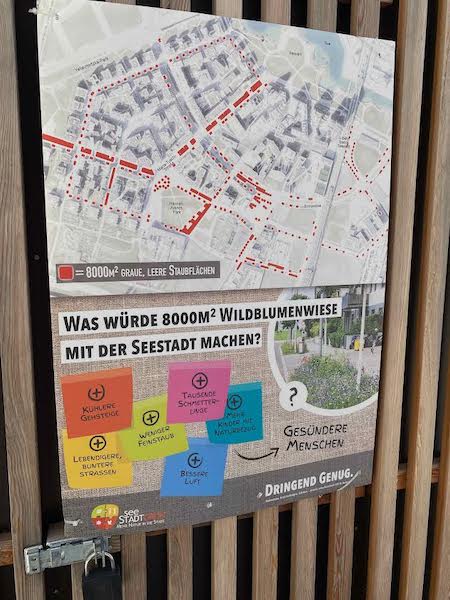
And yet, there are glimmers of grass-root communities building.
I saw quite a few posters (right) advertising town meetings and forums, discussing everything from traffic safety, working together to make the urban environment more green and naturally beautiful, and campaigning for social justice throughout Vienna.
It is these kind of coalitions and cooperatives that finally decide the strength of a community, be it in ancient houses with flaking facades in the Old City or in newborn, modern constructions glowing with fresh paint and led-halos.
This evolution seems to define Seestadt.
The design, planning and infrastructure has been laid out practically, carefully and with a vision of the future in mind. The look and the feel of the place feels young, but maybe that is to its benefit.
Although there are elements to improve and empty rooms yet to be filled, Seestadt contains the seeds of excitement, optimism for the future and feeling of looking forward that colours the surface.
––––––––––
See more about Vienna here in Dispatches’ archives.
Thom Harding was born and raised in the UK and USA, sharing his time between Bath and Boston. Upon completing his studies in Art History and Painting in Florence, Thom travelled around Mexico and India before moving to New Mexico to start his career as a Primary school teacher.
After completing his MA in Education, he now lives and works in Vienna, Austria and enjoys spending his free time hiking, reading, travelling and exploring around Europe.
See more of Thom’s work here in the Dispatches archive.
You can read more about Vienna here in the Dispatches archives.


